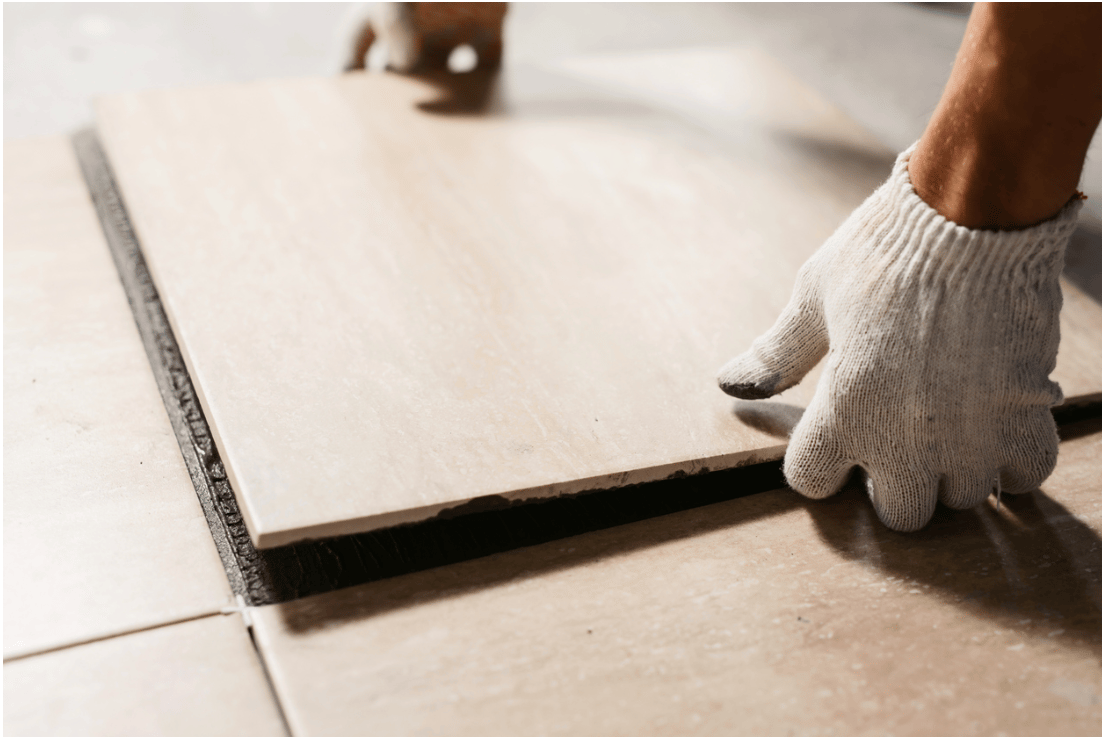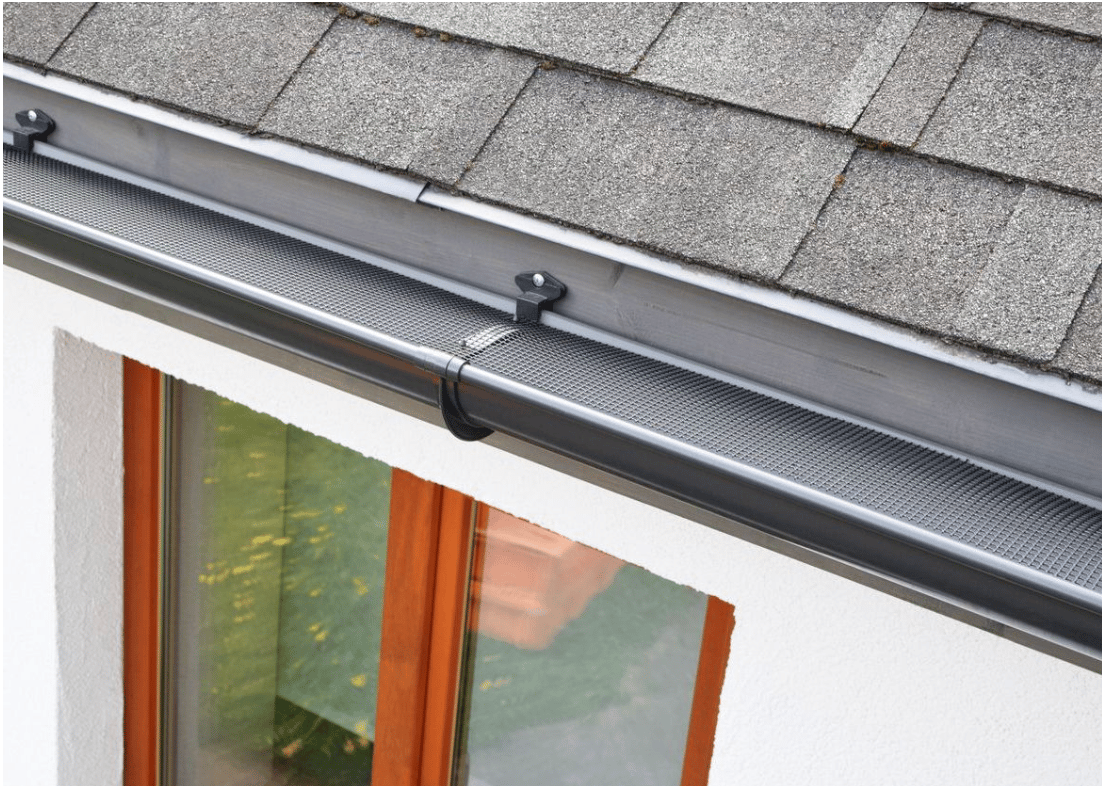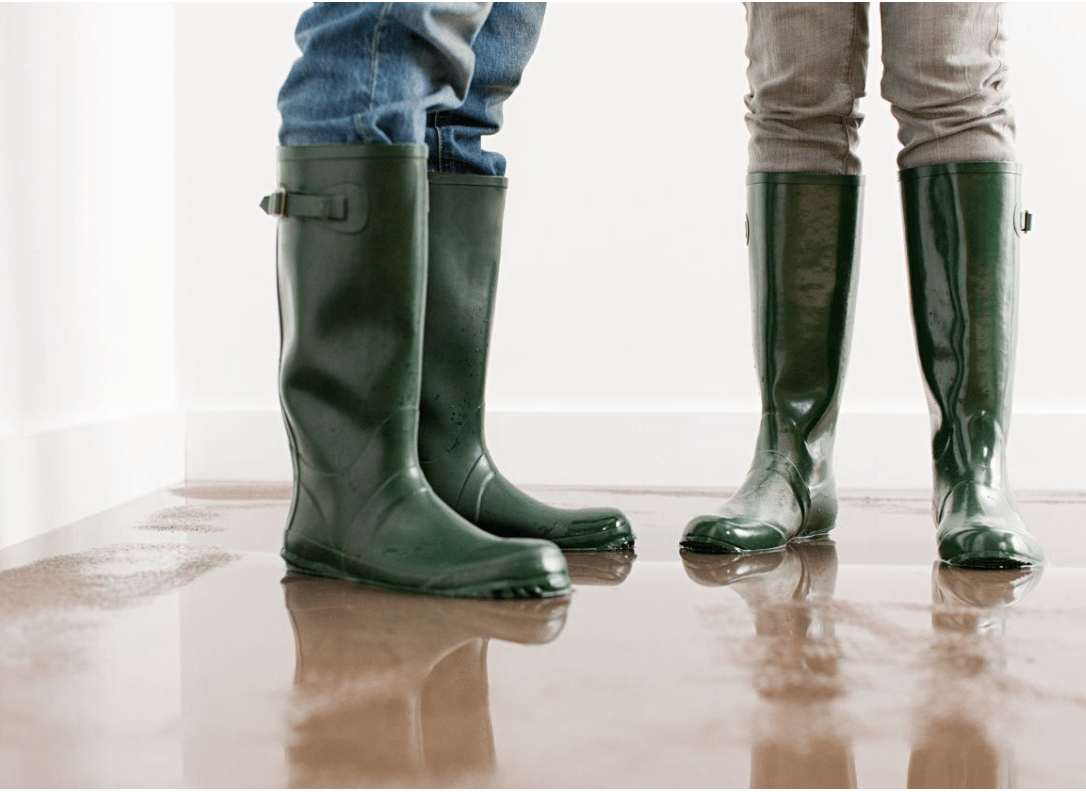


Roof ris updated February 3, 2025
A roof leak can be more than just an inconvenience—it can lead to major structural damage, mold growth, and the destruction of personal belongings. While your homeowner's insurance might cover some aspects of roof damage, roof leaks, and related claims often come with confusion and misconceptions. Understanding what’s actually covered and how to handle claims properly can save you both money and stress in the long run.
If you live in North Carolina or South Carolina and want to ensure your property is protected from roof leaks and other unexpected incidents, it’s crucial to address these common homeowners insurance misunderstandings. At The Light Realty, we’re committed to helping homeowners like you stay informed and prepared for all situations—whether it’s insurance, home maintenance, or real estate needs.
This is one of the most widespread and costly misconceptions. While homeowners insurance can help pay for roof repairs caused by unexpected events, it won’t cover just any roof damage. Here’s what you need to know:
Covered Perils: Insurance typically covers roof leaks caused by sudden, unpreventable events like storms, hail, or falling trees. These are classified as “covered perils” in most insurance policies.
Neglect Isn’t Covered: Insurance does not cover leaks that are the result of neglected maintenance. If you haven’t had your roof inspected in years and the roof starts leaking due to wear and tear, your insurer likely won’t pay for the repair. This is why regular roof inspections and maintenance are essential to keeping your home and your insurance claims in good standing.
It’s important to read your policy carefully to understand what perils are covered and which exclusions apply. Roof leaks caused by neglect will not be covered, and keeping your roof in good condition is your responsibility.
Mold can be a serious problem after a roof leak, but there’s a misunderstanding about what homeowners insurance covers regarding mold damage. Here’s the clarification:
Mold Coverage: While it’s true that many insurance policies exclude mold damage, that’s only the case if the mold is the result of long-term water exposure or poor maintenance. However, if a covered peril, such as a storm, causes a roof leak, and the leak leads to mold growth, your insurance policy will typically cover mold remediation and the replacement of damaged personal belongings.
Preventing Mold: To avoid mold-related issues, it’s crucial to address any roof leaks as soon as possible. Even if mold isn’t immediately covered, some insurance policies might pay for removal if it’s caused by an incident that’s covered under your policy.
Not every roof leak should lead to a claim. Sometimes it’s better to pay for repairs out-of-pocket rather than filing a claim. Here’s why:
Covered vs. Excluded Perils: If the damage to your roof is caused by an excluded peril, your insurer won’t cover the repairs. Always review your policy’s exclusions and covered perils before submitting a claim.
Deductible vs. Repair Costs: Even if your roof leak is from a covered peril, filing a claim may not always make sense financially. For example, if the cost of repairing the roof is close to or less than your deductible, it might be cheaper to pay for the repairs yourself. Be sure to get an estimate from a local contractor to assess the cost of repairs before deciding to file a claim.
Your premiums might indeed go up after you file a claim, but the increase isn’t always as dramatic as people think. Here’s a breakdown of what can influence your rates:
Claims History: Insurers tend to look at your claims history when deciding on your premiums. If you file multiple claims within a short period, this could lead to a higher increase in rates.
Claim Frequency: If you haven’t filed a claim in several years, your insurer might increase your premium, but it might be a modest increase rather than a sky-high jump.
Risk Assessment: Insurers assess risk when setting rates, and the more claims you file, the more risk they associate with your policy. Even if the increase is inevitable, you can still shop around for the best deal when renewing your policy to ensure you're getting the best rate.
Understanding what’s covered under your homeowner's insurance policy is critical to protecting your home and your finances. Here are some steps you can take to avoid unnecessary claims or costly roof repairs:
Schedule Regular Roof Inspections: Prevent roof leaks by keeping your roof in good shape. An annual inspection can catch minor issues before they turn into major problems.
Make Repairs Promptly: If you notice minor damage or leaks, address them quickly. Doing so can help prevent mold growth and minimize damage that might be covered by insurance.
Document Everything: If a covered peril does cause roof damage, document the damage with photos and a detailed report. This will help support your claim and speed up the process.
Know Your Policy: Review your homeowner's insurance policy thoroughly to ensure you understand what’s covered and what’s not. If you’re unsure, contact your insurer or agent for clarification.
Roof leaks can be a headache, but knowing what your homeowner's insurance covers—and what it doesn’t—can make all the difference when it comes to managing unexpected repairs. At The Light Realty, we’re committed to helping homeowners in North Carolina and South Carolina navigate these common insurance challenges, so you can protect both your home and your wallet.
Stay proactive about roof maintenance, avoid common misunderstandings about insurance coverage, and ensure you're well-prepared for whatever the weather throws your way.
Stay up to date on the latest real estate trends.

FLOORS
Is Tile Flooring the Best Option for Your Home? Weigh the Pros and Cons Before Making a Decision

SECONDARY LIVING
Essential Tips for Creating a Comfortable and Secure Space for Your Elderly Loved One

ELECTRICITY
Clear Up the Myths About Electricity and Learn How to Cut Costs with Simple Adjustments

CREDIT CARD
Learn How Keeping an Inactive Credit Card Open Can Improve Your Credit Health

DRIVEWY
Learn how adding a circular driveway can enhance your home’s curb appeal, improve parking, and elevate its value.

Gutters
Discover How Installing Gutter Guards Can Enhance Your Home’s Curb Appeal and Reduce Maintenance Costs

House Warming Party
From choosing the perfect date to entertaining guests, these housewarming party tips will help you host a memorable event that showcases your new space with ease.

Flooding
Stay Safe and Secure: Essential Flooding Steps for Homeowners in North and South Carolina

First Time Homebuyers
Your First Home Purchase Doesn't Have to Be Overwhelming: Key Factors to Guide You